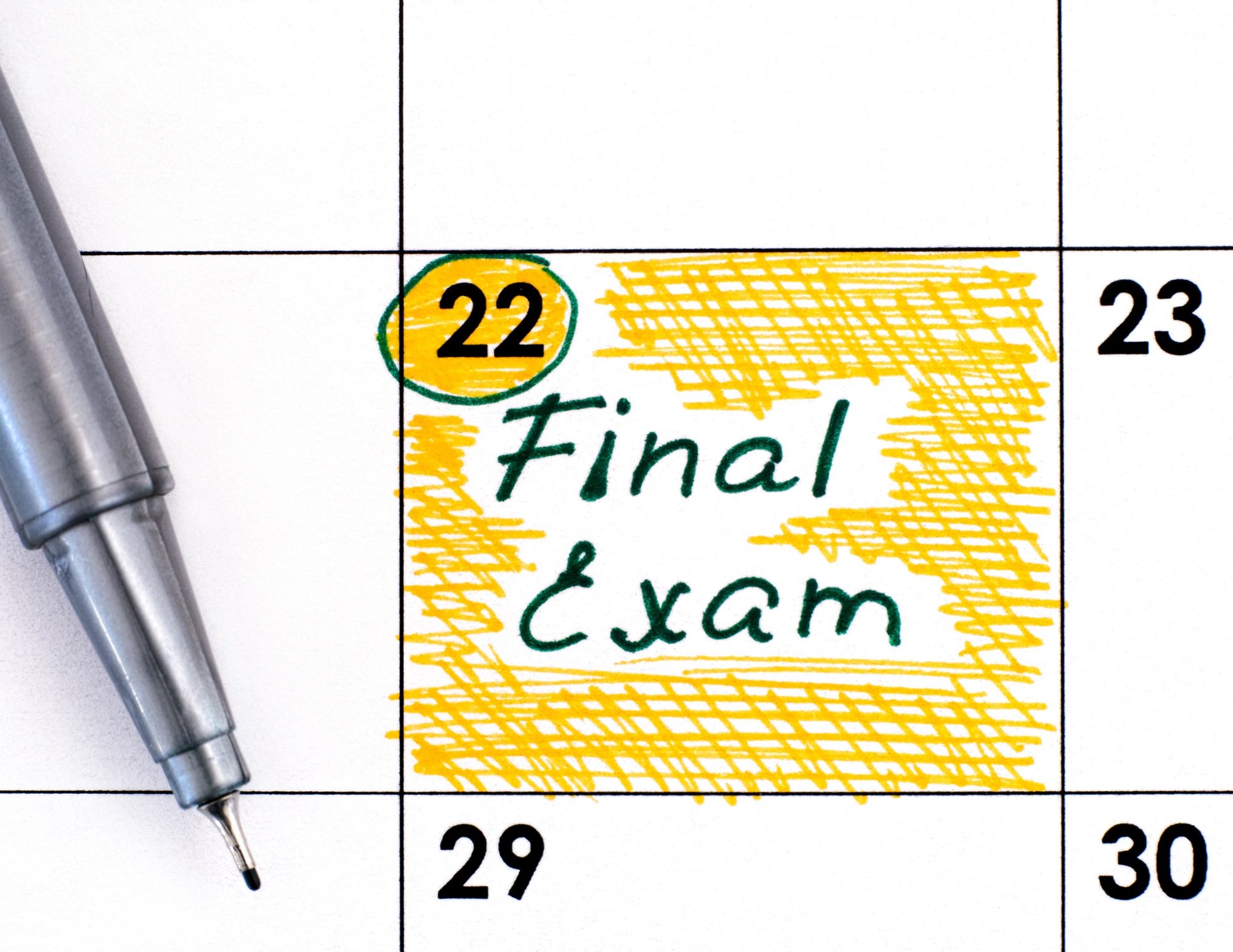Homework time can be one of the most stressful times of day. After all, kids already spend 6-7 hours per day at school and are then asked to do even more work once they get home. This can feel frustrating and draining. By putting structures and positive practices into place, homework time can become more manageable and feel pleasant for the whole family. While tutoring is a great option for support, there are steps you can take to create the perfect homework routine for your family.
Set up a Daily Routine
One of the first steps you can take at home is to set up a dedicated workspace for your children for their homework time block you set each day. This space should be inviting and distraction free. Although your children may initially complain and whine, setting up a system where they put their cell phone and other electronic devices away in a specific spot during their homework block will greatly reduce distraction. If you stay consistent with this practice, they will soon build good habits that will translate to other independent work time.
Use Sustained Attention Tricks
Sustaining attention during work time can be particularly challenging for students with ADHD and executive function deficits. One helpful strategy you can try if you have a child who struggles with this is body doubling, a technique where you sit quietly in the same or an adjacent viewable room to model focused work time. This makes your child feel more comfortable and encourages completion of tedious tasks that might otherwise be neglected. For those who still have difficulty, students can also try to stimulate one of their senses by using a fidget or putty in their non-dominant hand, sucking on a mint or listening to soft instrumental music. By giving their bodies something to do, it can enable their brain to focus better on the work task at hand.
Set Movement Breaks
Each student’s attention span is unique. Some kids can sit for an hour straight and some need a brain break every ten minutes. Whatever the case may be for your children, you can set a timer for each of their work cycles and then encourage them to get up and move their bodies for five minutes to reset. The trick is to learn how long they can work before losing focus, as you want to catch them for a movement break just before. To reenergize, they might like to jump on a small indoor exercise trampoline or have mini dance party to their favorite song. To recenter, they can try choosing a couple yoga poses or stretches that they enjoy. The key is, however, to structure your kids’ movement breaks so that they know after five minutes they need to get right back to work.
Find Pick-Me-Ups
Let’s face it, homework isn’t always fun. Finding small ways to make the time a little more enjoyable is important. Some ideas your kids can try (depending on their age) include: having a stuffed animal nearby, eating a small handful of their favorite snack after each task, having a family pet sleep at their feet or setting up a homework date with a friend. Study time can also feel more pleasurable by turn studying into a game or to use a white board with fun colors and visuals for practice.
Develop Metacognitive Practices
Encouraging your kids to attempt their homework assignments independently first is a great way to foster independence. You can offer small colored Post-It Page Markers to your children to flag items that feel confusing or difficult and invite them to check in with you near the end of their homework block for assistance. Having them communicate what they do versus do not comprehend enables them to build important metacognitive skills.
Written by Krista G.















